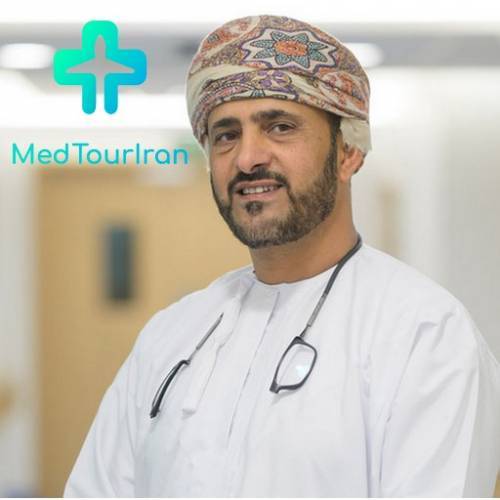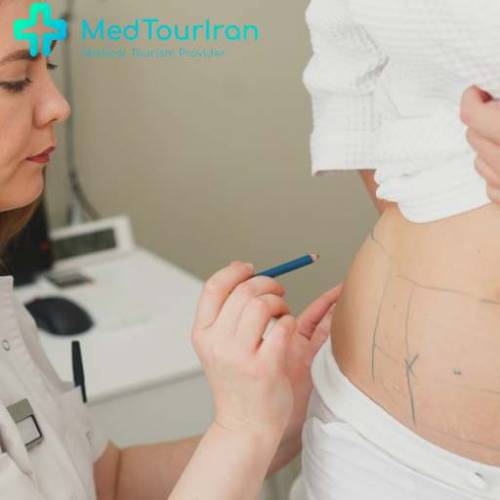

The cornea is the dome-shaped transparent structure, located on the front of the eye. The cornea allows us to focus. All the other structures of the eye are located behind the cornea. The cornea is very important for two reasons: it protects the eye, and it reflects the light unto the retina, through which we can see. If the cornea is damaged, one would not be able to see clearly.
There are multiple reasons a cornea might undergo damage. Each of the following reasons might cause the cornea to become white or out of shape: Injury, infection, genetic disorders, disorders in the shape and size of the cornea, Ingrown blood vessels, and eye trauma are some of those reasons. These conditions can lead to the patient's loss of vision. Nowadays, the diseased cornea can be replaced with a healthy cornea. Usually, when a person passes away, their healthy cornea can be donated to a patient in need, or it can be collected to be kept in the eye bank.
Before corneal transplantation, there are a few issues that have to be taken care of; First, it should be checked whether or not the patient is suitable for a corneal transplantation. The eye should be examined to see if there is any other eye condition that needs to be corrected before a transplant is done. It must be maintained that the cornea which is chosen for a corneal transplantation is healthy and functional.
The cornea that is transplanted into the eye of the patient, is an outsider, and it is a body tissue that is taken out of someone else's body, which is then implanted into the patient's body. The patient's immune system, might recognize this tissue as a threat to the body, and try to reject it. This rejection can happen at any time, throughout the life of the patient.
There are multiple ways for the operation of a corneal transplant nowadays. The oldest method is called "Penetrating keratoplasty," also known as PKP or PK. In this method of corneal transplantation, a full-thickness of the cornea is cut like a disk, and a similar disc of the donated cornea is placed on the cut spot and stitched to the patient's eyes. This procedure is used when the cornea is completely damaged from the front layer to the back layer, and the cornea cannot be partially replaced.
Deep anterior lamellar keratoplasty is an alternative to the full thickness cornea transplant. This specialized technique only removes and replaces the outer layers of the cornea and leaves the inner layers intact. This technique can be a suitable option for the people with Keratoconus (KC), a condition in which the cornea progressively thins out, and for people with scars in their cornea, which only involves the outer layers of the cornea.
Descemet stripping automated endothelial keratoplasty (DSEK) corneal transplantation procedure can be used if the front layers of the cornea are healthy, and only the posterior layers are damaged. During this corneal transplantation, the damaged layers are removed specifically, and the front layers remain intact. In this type of corneal transplantation, only 20- 30% of the donor cornea is transplanted into the patient's eye, and then a gas bubble is inserted inside the eye to help unfold and position the transplanted tissue.
This type of corneal transplantation is very much like the DSEK procedure. The only difference is that, in this corneal transplantation, just 5% of corneal thickness is used. The patient's layer of the endothelium in the cornea is removed and replaced with a specially prepared donor tissue. DMEK provides a better vision for the patient.
After corneal transplantation, your doctor will give you a full explanation on the long term follow-ups and medications needed for the surgery. The use of medicines and eye drops until one year after the corneal transplant or even more is likely to be necessary. The stitches which are placed on the cornea during the corneal transplant, might need to be removed from time to time as advised by the doctor, therefore Frequent checkups are needed every once in a while after the corneal transplant.
The patient should keep in mind that any condition which might endanger the donated cornea, needs an emergency checkup. So if the patient experiences any sudden pain, white color in the cornea, redness of the eyes, or any other eye condition which is considered abnormal, it should be immediately checked by the eye surgeon to see if there are any chances of tissue rejection. If the eye, rejects the transplanted cornea, there are medications that can reverse the reaction of the eye, and cause the cornea to become clear again.
There are some side effects that might happen in a corneal transplantation. One of them is guarded visual prognosis. It means that the corneal transplantation might not give perfect vision to the patient. Such possibilities should always be explained to the patients before the surgery. There is also the risk of infection, glaucoma, or abnormal high pressure in the eye, rejection or failure of the corneal transplantation, and the possibility of repeating the corneal transplantation in case of rejection. Moreover, multiple regular visits to the eye specialist and the long term medication which the patient has to follow carefully, should be taken into consideration.
The first organ transplant procedure in Iran was a corneal graft that was performed more than 80 years ago. The country's first eye bank was established in Tehran more than twenty years ago. With the aim of getting closer to global standards, the second eye bank started working in Mashhad, which is the second most populated city after Tehran. With the medical eye care progress that is now available, all of the different types of corneal transplantation surgeries are possible in Iran, since Iran's eye banks are very much improved and they can provide the eye surgeon with the particular layer or layers which is needed for the particular corneal transplantation in Iran.
The experienced and sympathetic team of MedTourIran is ready to welcome you and accompany you in every step of your medical procedure, with a translator at your service upon your arrival. The medical packages that MedTourIran offers include free consultations, visa, transfer, accommodation in 3 to 5- star hotels, treatment, and follow-up. MedTourIran works with the best eye specialists in Iran and will make sure that your eye care procedure goes as smoothly as possible.

22 Jun 2020

18 Jun 2020

16 Jun 2020

15 Jun 2020

27 May 2020

12 May 2020